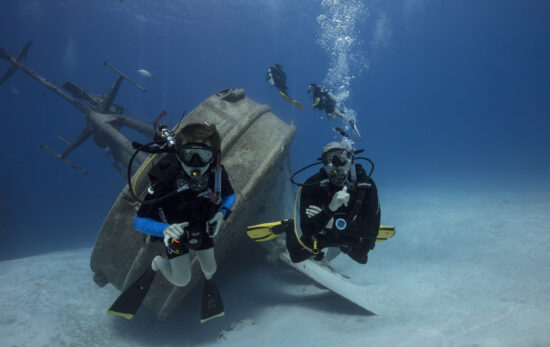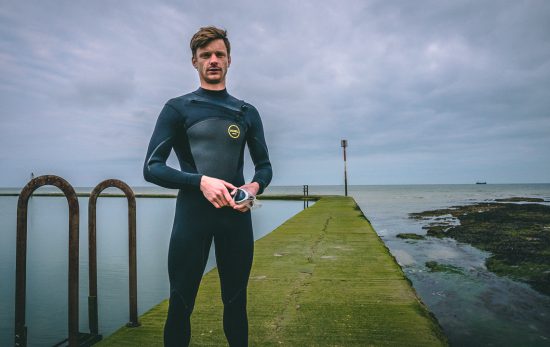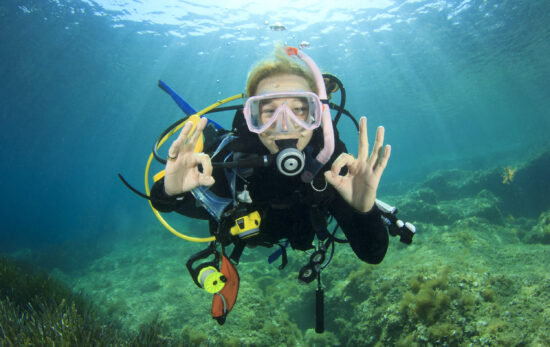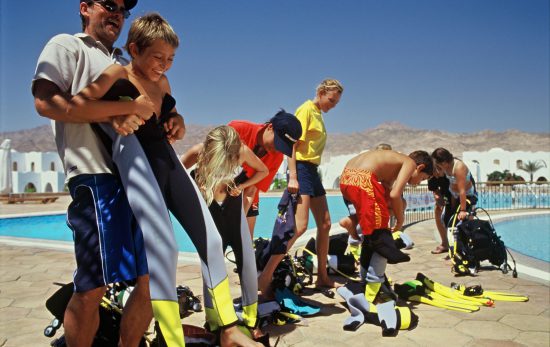Science, technology, engineering and math are the STEMs that blossom into new discoveries that transform our lives. The Earth needs passionate scientists and engineers who can create a better future for the creatures who call this ocean planet home. Unfortunately, science and math are boring topics for many kids.
Theoretical concepts don’t offer the same excitement as exploring the outdoors, and learning formulas just isn’t as fun as playing sports or video games. It’s unfortunate for our planet and the students themselves. People with STEM degrees earn more money – even in non-STEM careers.
Scuba lessons are an ideal way to get kids interested in STEM. In a scuba class, scientific ideas are no longer abstract concepts. Learning to dive immerses kids in scientific concepts like buoyancy, atmospheric pressure and refraction. Formulas become a useful tool and words like wavelength take on real meaning.
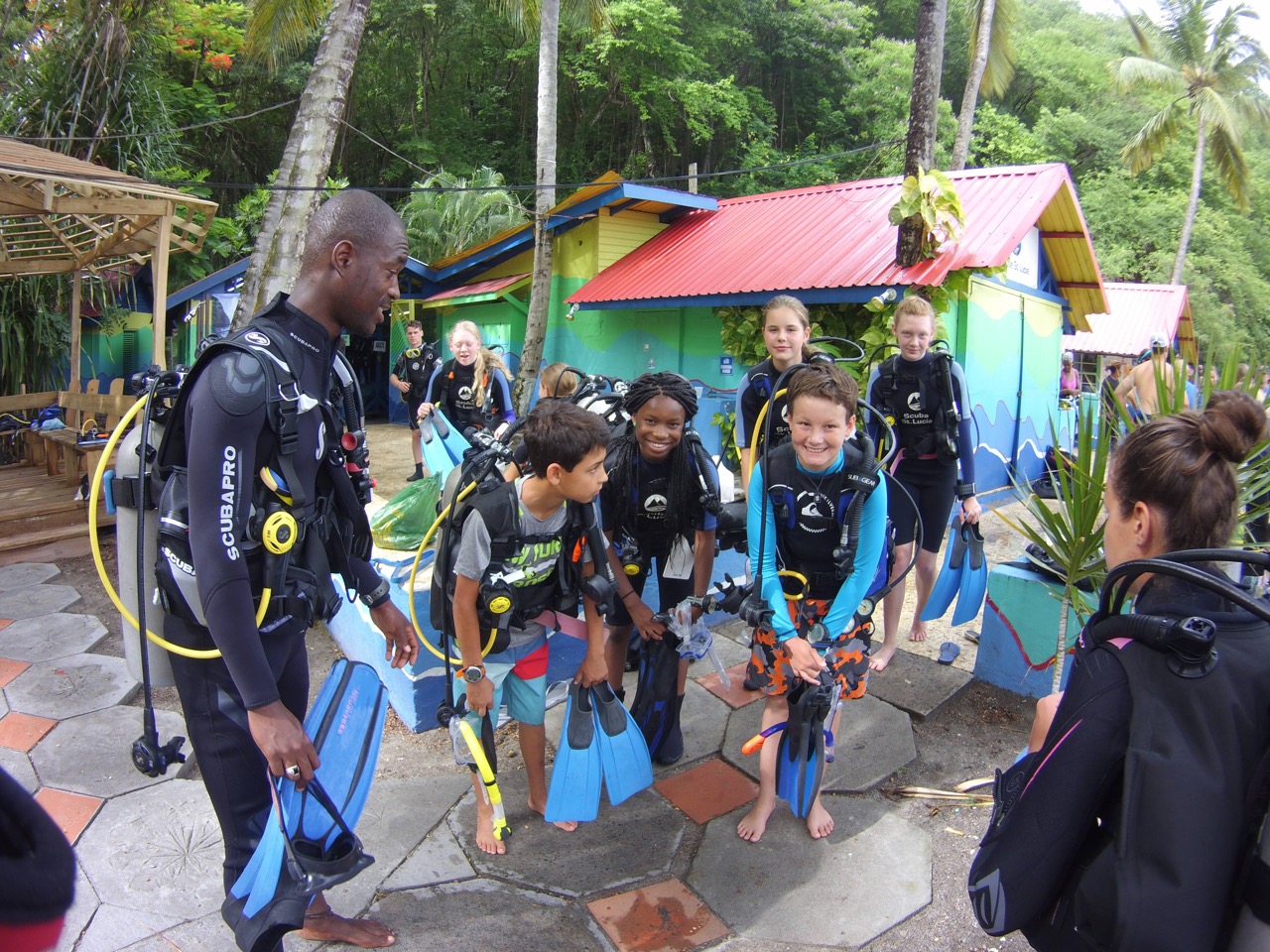
Dr. Nevada Winrow, a Johns Hopkins School of Medicine-trained Pediatric Neuropsychologist and co-founder of Black Girls Dive Foundation, described how scuba diving helps her students develop enthusiasm for STEM:
“Learning to dive gets the girls engaged with what they’re learning. We talk about Bernoulli’s Equation, Boyle’s law, pressure changes at depth and what happens with the lungs – and then we take them diving. They come back talking about how much easier it was to equalize below 15 feet (3 metres) and they understand the science behind their experience.”
As part of the PADI® Open Water Diver course, students learn about:
Physics & Physiology
Heat loss in water versus air
Why things sound different underwater
Neutral buoyancy
Refraction
Atmospheric pressure
Wavelengths
Boyle’s law and how pressure affects breathing
Students Also Learn:
Basic navigation
Dive planning, which requires math and organizational skills
Teamwork
Self-confidence
Fun facts about their local ecosystem.
Divers who enroll in dive training beyond open water can learn:
- Advanced navigation techniques in the PADI Underwater Navigator Specialty course
- How to identify marine creatures based on body type, habitat, etc. in the Fish ID course
- More about their local ecosystem, and aquatic plant and animal habitats around the world in the PADI Underwater Naturalist Specialty course.
- How to plan and execute a search pattern in the Search and Recovery Specialty Diver course
PADI’s (Junior) Advanced Open Water program allows divers to try new skills (including everything in the list above) under the supervision of a PADI Instructor. PADI (Junior) Open Water Divers 12 or older may enroll in an Advanced Open Water Diver course.
How to Get Kids Stoked on STEM
Learning can happen anywhere, not just in a classroom. In fact, many students learn better with hands-on experience. Whether you know an aspiring marine biologist or a young person who simply loves being outdoors, here are a few ways to help grow their interest in STEM while becoming an underwater explorer:
- Contact a PADI Dive Center or Resort to find out what scuba diving programs for children they may offer.
- Kids Sea Camp leads scuba diving trips tailored to families
- Read about the many exciting scuba diving careers including underwater criminal investigator, stuntwoman, and underwater archeology.
If scuba diving isn’t a good fit for a particular child, there are other ways to get them stoked on STEM. Many non-profit organizations offer ocean-related STEM programs that include hands-on experience.
- Junior Scientists in the Sea (JSIS) is a year-round program where teenagers can learn to scuba dive gain STEM-related job skills.
- Contact a Society for Women in Marine Science (SWMS) chapter.
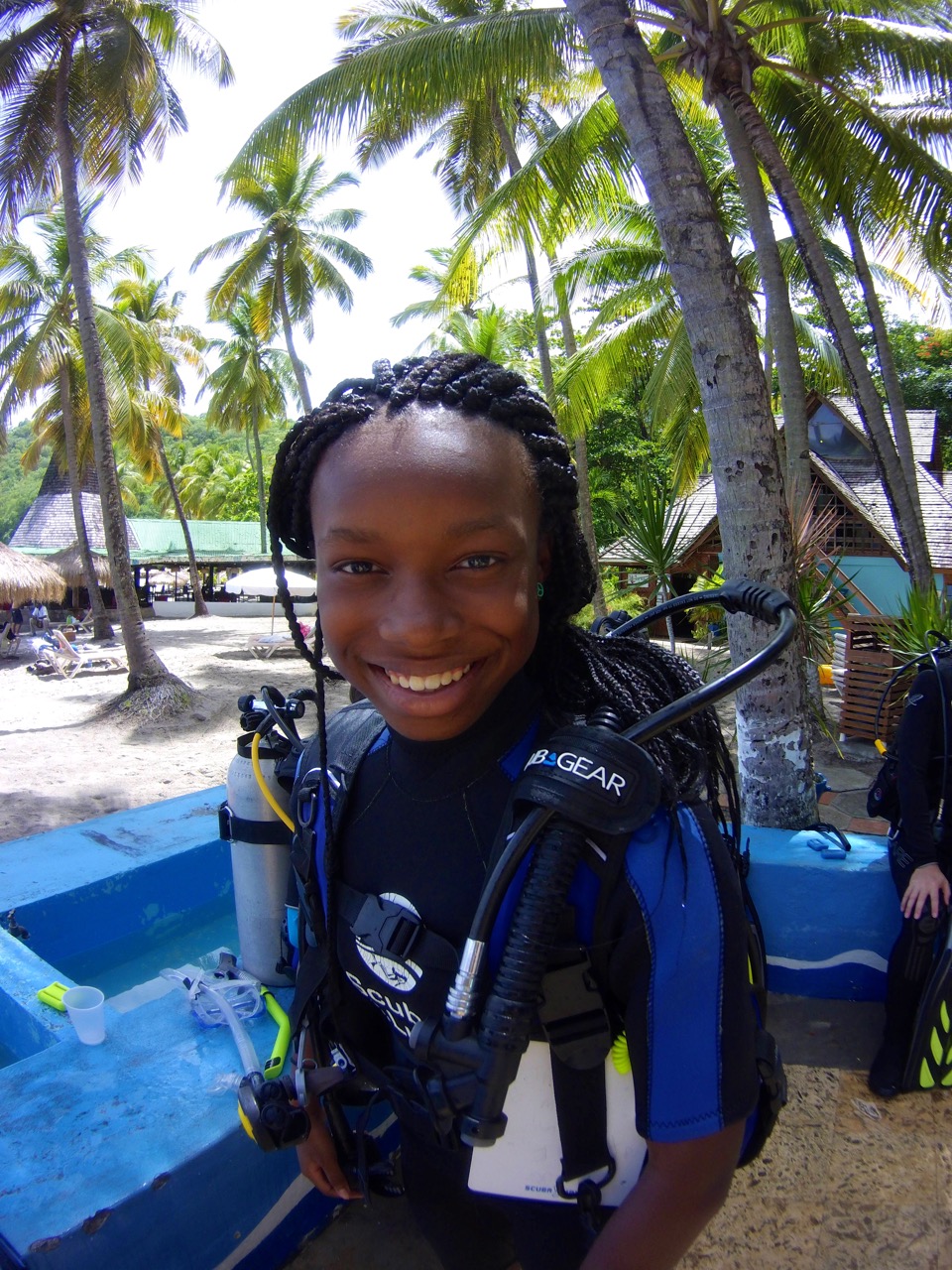
Check out a few of the companies offering ocean expeditions for teenagers, where young adults can get hands-on experience in marine biology, sailing, and potentially earn college credit.

